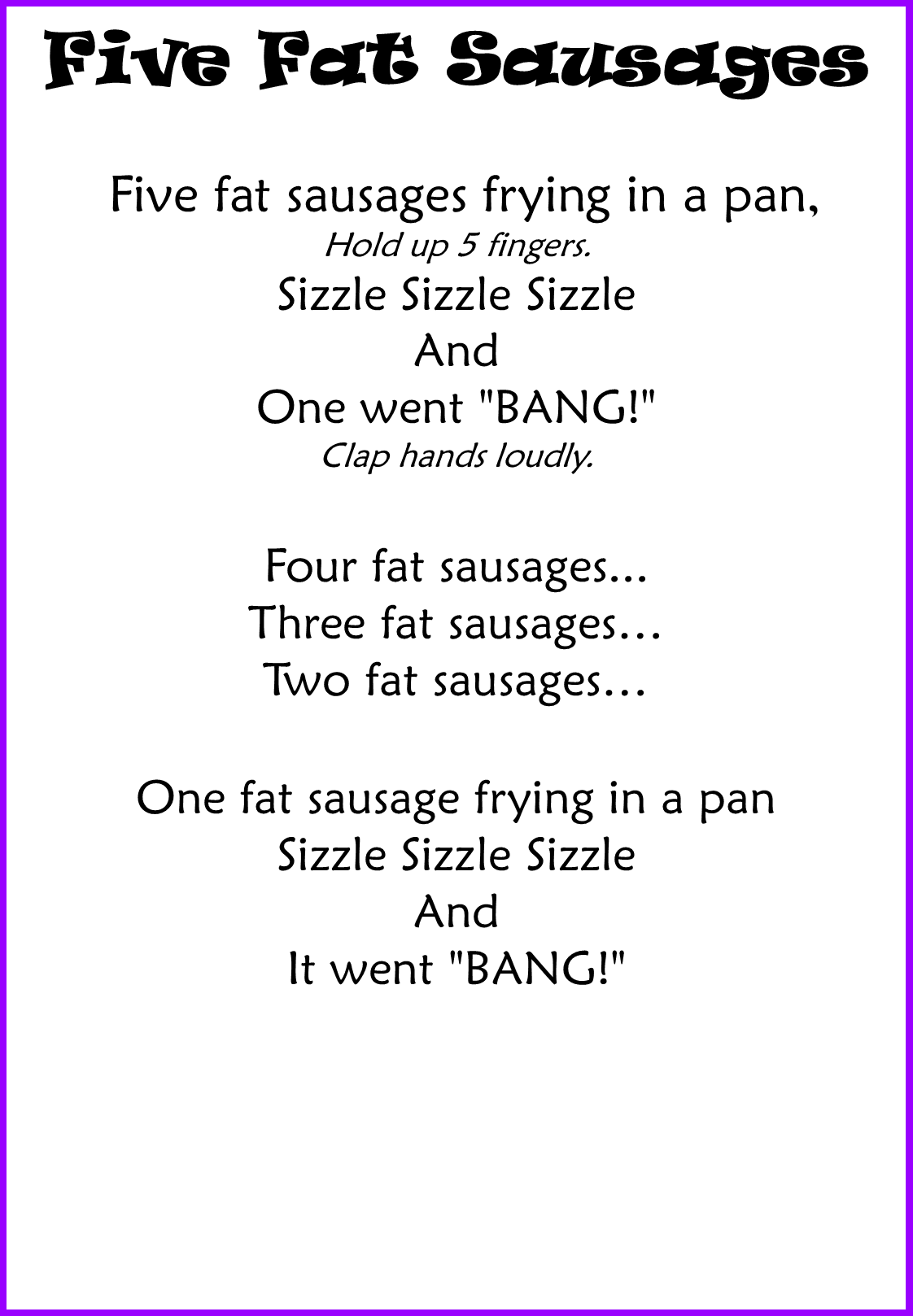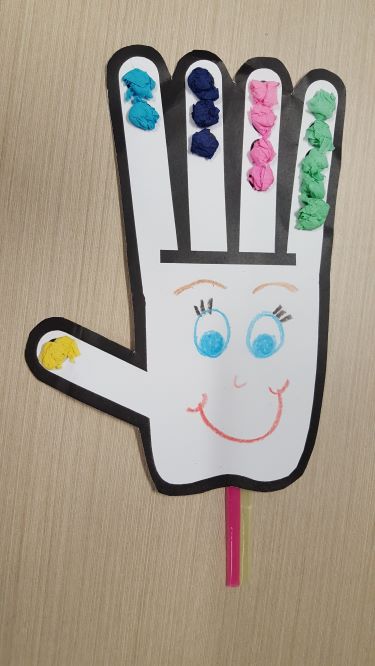1….2……3……
Counting numbers can be a fun task for young children. Children gradually develop the ability to remember and recite numbers in the correct order. You would be surprised at how many things you could ask your child to count as you go about your daily life. They could count things like toys, apples, steps, or blocks.
With my little boys, we did do a lot of counting, and we tried to support mathematics in fun and natural ways. And yes, they couldn’t say the numbers in the right order for a while. It was a slow and gradual fun learning process.
A great way to introduce your child to numbers are through books.
- Counting books can help your child learn about numbers while boosting literacy skills.
- Books can help kids see math in real life.
- Books have the power to help explain math concepts to kids in a way that is easier to understand.
In this post, we are going to show you a few books about counting and numbers with some rhymes and a craft that you can share with your tot.
Books
Count the Monkeys /Mac Barnett
The reader is invited to count the animals that have frightened the monkeys off the pages.
This picture book is simple, hilarious and interactive. Reader is invited to count monkeys. Along the way, you become part of the story. The book is filled with fun and colourful illustrations. Each page has a new number, new action to take and new animals. The book keeps children engaged till the end.
One to Ten and Back Again / Nick Sharratt
Two best friends, Nick and Sue, introduce to the reader their favourite things. 2-5 yrs.
One to Ten and Back Again is about two best friends, Nick and Sue. Nick and Sue join us throughout the book counting the numbers up to ten and back down to one again. It is very visual and colourful; the children will be engaged as they read the book with the rhymes.
How many jelly beans? / Menotti, Andrea
How many jelly beans are enough? How many are too many? Aiden and Emma can’t decide. Is ten enough? How about one thousand? That’s a lot of jelly beans. But eaten over a whole year, it’s only two or three a day. This giant picture book gives kids a fun and easy way to understand large numbers.
It all starts when Emma and Aiden are asked how many jelly beans they would like. They start off small, ten, twenty, twenty-five. But then it becomes a jelly bean competition!
This picture book is a great visual representation of numbers in jellybeans. Children of all ages will be tempted to count the number of jellybeans.Young readers can practice counting skills.
Rhymes
Five Little Ducks
Most people learned this popular nursery rhyme as children. Five little ducks is a sweet nursery rhyme for all toddlers about a mother duck and her five ducklings. It’s a great song to introduce numbers and counting.

Five Fat Sausages
Five Fat Sausages is a fun and cute counting nursery rhyme.

Craft – Counting Hands
Materials:
-
- Hand Craft Template
- Scissors
- Glue
- Crayons/Texas
- Collage materials
- Card to print template on to
Instructions:
- Cut your hands out/ or leave on sheet with numbers above (to aid learning).
- Decorate dots on fingers with scrunched paper, stickers or other collage material.
- Decorate the rest of your hand (maybe draw a face on it).
- Practice counting.


Djilba (August – September)
The Noongar Season ‘Djilba’ is represented by the colour pink as it symbolises growth of wildflowers and plants.
This is the start of the massive flowering explosion that happens in the South West. Beginning with the yellow flowering plants such as the acacias.
Djilba is a transitional time of the year, with some very cold and clear days combining with warmer,rainy and windy days mixing with the occasional sunny day or two.
Traditionally, the main food sources included many of the land-based grazing animals including the yongar (kangaroo), the waitj (emu) and the koomal (possum).
As the days start to warmup, we start to see and hear the first of the newborns with their proud parents out and about providing them with food, guiding them through foraging tasks and protecting their family units from much bigger animals, including people!
The woodland birds are still nest bound, hence the swooping protective behaviour of the koolbardi (magpie), djidi djidi (willy wag tails) and chuck-a-luck (wattle birds).
As the season progresses and the temperatures continue to rise, the flower stalks of the balgas (Grass Trees) emerge in preparation for the coming Kambarang season.



